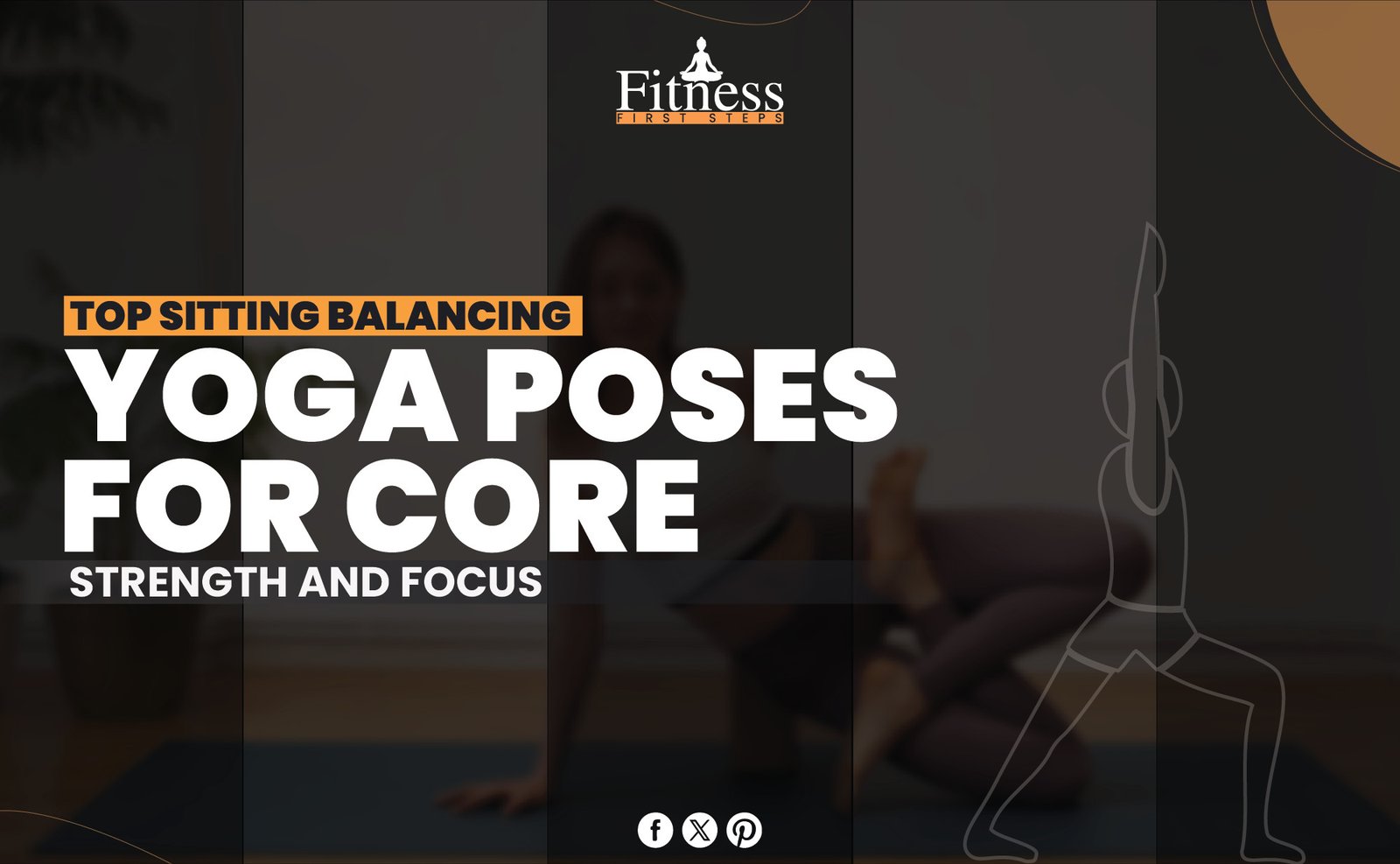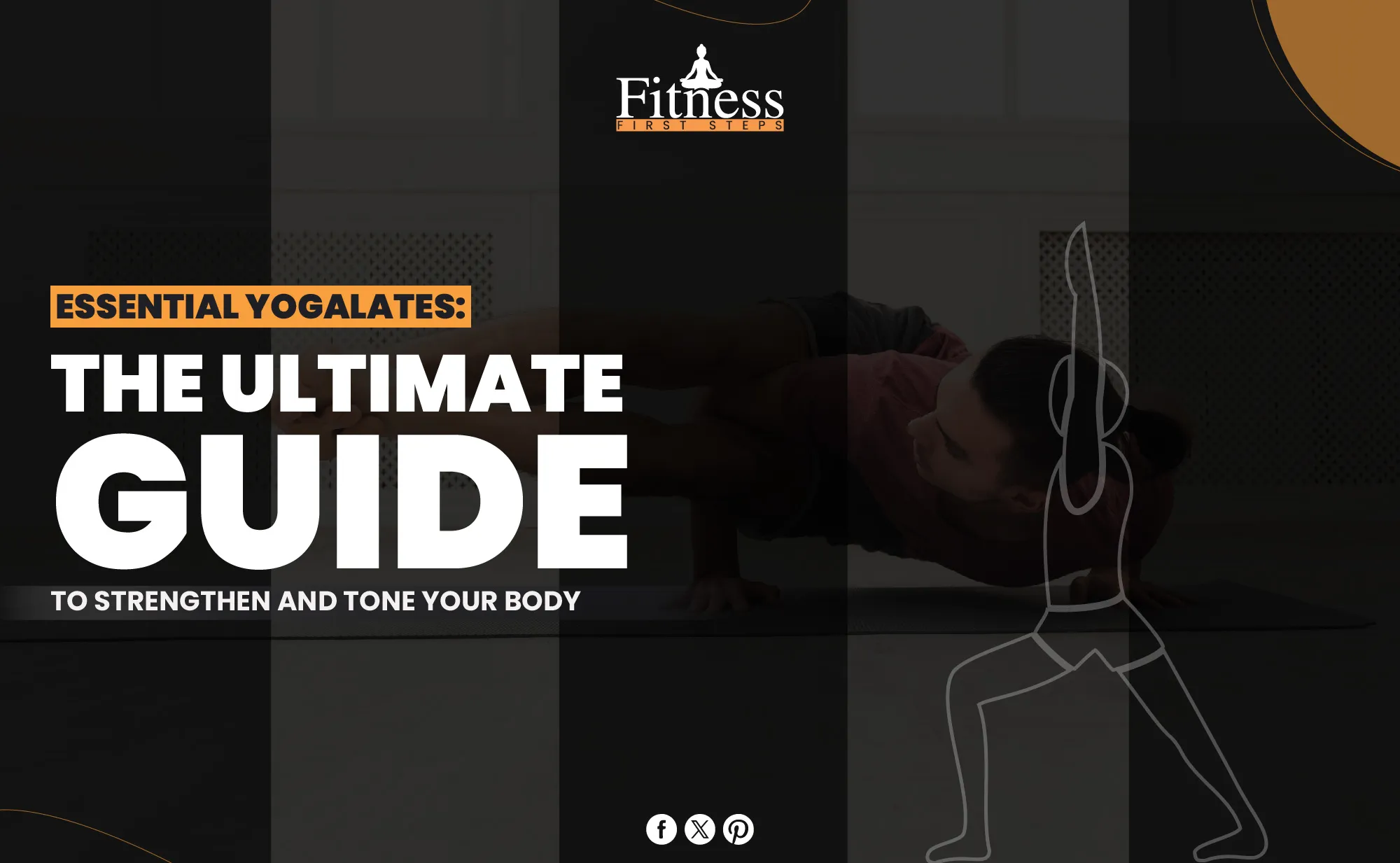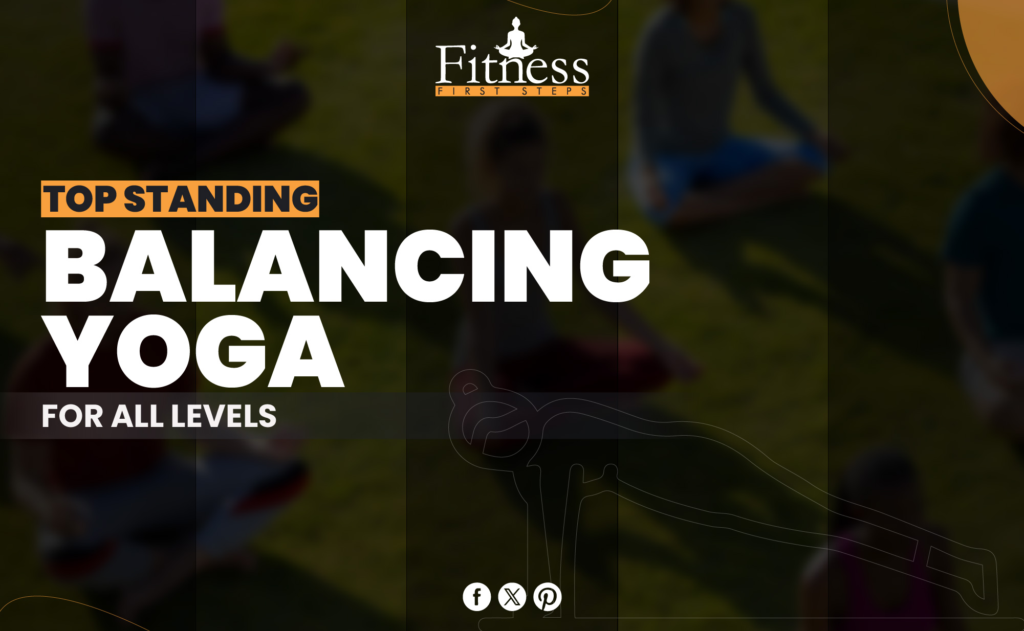Introduction
Postnatal yoga helps new mothers heal and thrive after childbirth. Gentle exercises rebuild strength and flexibility while fostering relaxation and emotional balance. Postnatal yoga provides a secure and caring atmosphere for a mother’s physical and mental changes after giving birth.
The article discusses the best time to start postnatal yoga, including advice from health professionals and traditional sources. New mothers will learn postnatal yoga poses, safety tips, and adaptations for different postpartum stages. Finally, testimonials and professional perspectives on the advantages of postnatal yoga will be added to demonstrate its value.
Read more about prenatal yoga.
What is Postnatal Yoga?
Postnatal yoga is customized to new moms’ needs in the weeks and months after childbirth. This yoga supports the mother’s physical, mental, and emotional health via gentle movements, relaxation, and healing. Postnatal yoga emphasizes healing and progressive strengthening without the intensity of regular yoga.
Differences from Regular and Prenatal Yoga
- Focus on Healing: Regular yoga may not focus on repairing the pelvic floor, abdomen, and lower back, but postnatal yoga does.
- Gentle Movements: This style of yoga uses gentle and mindful moves to help a new mother’s body heal.
- Tailored Breathing Exercises: In postnatal yoga, breathing movements help you relax and feel less stressed, which is good for your emotional health after giving birth.
- Gradual Strength Building: Postnatal yoga classes help women strengthen over time, understanding that their bodies need a slower, more mindful healing process.
- Emotional Support: Postnatal yoga often includes parts of community and emotional support, giving new moms a safe place to talk about their feelings and connect with other moms.
Typical Postnatal Yoga Exercises
Postnatal yoga is usually gentle and mindful, and it uses a wide range of poses and methods, such as:
- Pelvic Floor Exercises: These exercises strengthen the pelvic floor muscles, which helps women heal from giving birth and keeps them from accidents.
- Abdominal Strengthening: Since you stretched your abdominal muscles during pregnancy, gentle core work can help them return to normal.
- Back and Shoulder Stretches: These exercises can ease back and shoulder tension from breastfeeding and carrying the baby.
- Breathing Techniques: Focusing on deep breathing can help you rest and feel less stressed.
- Gentle Twists and Bends: These moves make you more flexible and improve blood flow.
Adding postnatal yoga to their schedules allows new mothers to speed up their recovery, get stronger, and better manage their emotional health.
The Importance of Timing
To know when to start postnatal yoga, you need to know the steps of recovery after giving birth. Each mother’s journey is different, but in general, it can be broken down into three stages:
- Immediate Postpartum (0-6 weeks): This time is for relaxation and recovery. After delivery, your body recovers, and the uterus shrinks to pre-pregnancy size.
- Early Postpartum (6-12 weeks): Gentle physical activity can be resumed when you strengthen. Be mindful of your body and avoid overexertion.
- Late Postpartum (3-6 months): Many women are ready for more consistent exercise. However, physician approval is required before starting a new workout routine.
Benefits of Postnatal Yoga
Postnatal yoga is a complete way to heal after giving birth, as it helps with physical, mental, and social needs:
Physical Benefits
- Weight Loss and Muscle Toning: Gentle yoga moves help tone muscles and lose weight, helping the body regain shape before pregnancy.
- Improved Posture: Back pain and bad posture are typical problems after giving birth, and strengthening the core and back muscles can help.
- Enhanced Flexibility: Regular practice makes you more flexible, which makes you less stiff and more mobile overall.
- Reduced Inflammation: After labor, yoga lowers inflammation, which helps stressed moms. Strain and move gently to promote blood circulation and remove inflammatory toxins.
- Improved Pelvic Floor Health: Postnatal yoga enhances pelvic floor strength, minimizes organ prolapse, and enhances bowel control. This is crucial for postpartum rehabilitation because pregnancy and delivery weaken muscles.
Mental and Emotional Benefits
- Stress Reduction: Mindfulness and relaxation are emphasized in yoga, which can significantly lower stress and worry levels.
- Improved Sleep: Sleep can be challenging when you’re recovering from giving birth. Doing yoga can help you sleep better.
- Bonding with Baby: Many postnatal yoga groups include babies in the poses, which helps moms and children bond even more.
- Elevated Mood: The body releases mood-lifting endorphins during postnatal yoga. This can reduce postpartum depression and improve mood.
- Increased Self-Confidence: Mothers acquire self-confidence and physical strength by bonding with their bodies, making postpartum more positive.
When to Start Postnatal Yoga
When to start postnatal yoga depends on your delivery type, postpartum issues, and physical health. Some general guidelines:
Vaginal Delivery
Most women can start gentle yoga movements about six weeks after giving birth as long as they get permission from their doctor.
Cesarean Delivery
A cesarean section recovery takes longer. Before starting postnatal yoga, women should wait 8-10 weeks for medical approval.
Postpartum Complications
If you have problems during or after delivery, following your doctor’s advice about physical activities is essential.
General Guidelines for Postnatal Recovery Periods
Understanding that each mother’s postnatal recovery is different is crucial. There are general recommendations that can help choose the best healing technique, especially for vaginal birth and C-section recovery.
Post-Vaginal Delivery Recovery
Vaginal deliveries vary in recovery time, although many women can resume modest exercise within weeks. Key post-vaginal delivery healing tips:
- Initial Rest: You should rest for the first six weeks and let your body heal. Light movements for the pelvic floor can help during this time.
- Perineal Healing: Make sure that any cuts or tears have closed properly. The perineum shouldn’t be in much pain or soreness before doing more physical activities.
- Listening to Your Body: To avoid problems, paying attention to your body and not overdoing it is essential.
Post-C-Section Recovery
Due to surgery, cesarean sections take longer to recover from than vaginal deliveries. Important post-C-section healing guidelines:
- Extended Rest: Once a woman has been medically cleared, most experts say she should wait at least 8 to 10 weeks before doing yoga or other physical activities after giving birth.
- Incision Care: Watch for signs of infection around the surgical wound, and wait until it’s fully healed before starting exercises.
- Gradual Activity: Any new exercise should be done slowly and carefully so as not to put too much stress on the stomach area.
Indicators of Physical Readiness
Several signs that show the body is ready for more action can help you figure out if you are physically prepared for postnatal exercises:
- Healing of the Perineum: For women who give birth vaginally, the perineum should be fixed and not hurt or bother them too much.
- Absence of Pain and Discomfort: Before starting postnatal workouts, treat any persistent pain, discomfort, or signs of infection.
- Energy Levels and Stamina: Being rested and energetic indicates that the body is ready for physical activity. Before working on exercise, significant exhaustion may indicate the need for rest.
By following these tips, new moms can ensure that their healing goes more smoothly and safely, helping them get back to being strong and healthy.
How to Prepare for Postnatal Yoga
- Medical Clearance: Before you start postnatal yoga, you should always get your doctor’s permission to ensure you are properly ready.
- Choose the Right Class: Find approved yoga classes for new moms designed to help you recover after giving birth. Instead of challenging exercises, classes should focus on slow, supportive moves.
- Gather Equipment: You should have a comfortable yoga mat, supportive clothes, and any tools, like yoga blocks or straps, that can help you move.
- Hydration and Nutrition: To keep your energy up, drink plenty of water and eat a light snack before your session.
- Set a Comfortable Environment: Choose a quiet, free-of-distraction place for your practice. This might help you concentrate and calm down during your lesson.
- Listen to Your Body: Pay attention and exercise as needed if you feel pain or discomfort. It’s essential to do just what is necessary.
By doing these things, new moms can ensure their postnatal yoga practice is safe and comfortable, which will help them recover and be healthy.
Postnatal Yoga Routine
Here is an easy postnatal yoga sequence that is good for newbies. During the practice, remember to move slowly and pay attention to your body:
- Breathing Exercises (5 minutes): Do deep abdominal breathing to clear your mind and get your body moving.
- Cat-Cow Pose (3 minutes): It helps to stretch the spine and ease back pain.
- Child’s Pose (3 minutes): This pose helps you relax while stretching your back and shoulders.
- Pelvic Tilts (5 minutes): Strengthens the muscles on the pelvic floor, which often get weaker during childbirth.
- Bridge Pose (5 minutes): It works the abs and hips, which helps tone the legs.
- Reclining Bound Angle Pose (5 minutes): Opens up the hips and makes you feel calm.
- Savasana (5 minutes): Finally, relax in Savasana for a few minutes to feel the benefits of the practice.
Common Challenges and Solutions
Postnatal yoga has its obstacles. Understand these issues and adopt effective ways to ease postnatal fitness:
Fatigue and Lack of Energy
Solution: Adapt yoga intensity and length to your energy level. Relax and rejuvenate with restorative poses and breathing exercises. Stay rested and listen to your body to avoid burnout.
Physical Discomfort and Pain
Solution: Move gently and deliberately, avoiding uncomfortable positions. Use yoga blocks and straps to aid positions, and consult an instructor for customized modifications.
Limited Time and Care Commitments
Solution: Include small yoga workouts in your everyday regimen. Some mild stretching can be good for 10-15 minutes. Try several poses to engage your infant and bond during practice.
Emotional and Mental Health Struggles
Solution: To reduce tension and anxiety, practice yoga with mindfulness and meditation. Postnatal yoga groups can also give social support and camaraderie, which can improve mental health.
Balancing Exercise with Recovery
Solution: Allow your body to heal between exercises as you gradually increase intensity. Consult your doctor to make sure your activities are acceptable for your rehabilitation.
New mothers can improve their postnatal yoga practice and experience by understanding these frequent problems and using effective remedies.
Conclusion
Overall, commencing postnatal yoga at the correct time is essential for a safe and effective recovery. To ensure that the practice aids healing, medical clearance, class selection, and bodily awareness are necessary. New mothers can slowly regain strength and well-being by evaluating readiness and resolving physical and mental issues.
Postnatal yoga improves fitness, mental clarity, and emotional stability. It gives new mothers a place to connect with their bodies, find tranquility, and form a community. Practice postnatal yoga with patience and compassion, obtaining professional help when needed. This thoughtful approach will provide a balanced, fulfilling postnatal experience and long-term health and happiness.




